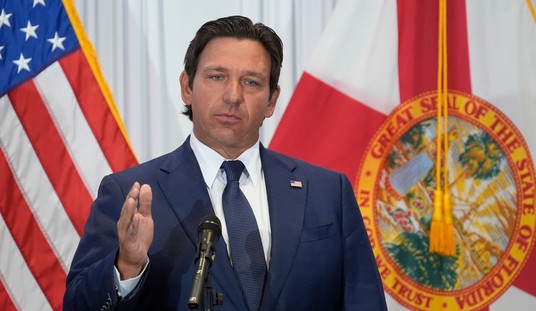Blue states have a problem. Although there are some recently notable exceptions, most vehemently oppose cutting taxes, favoring instead a tax-and-spend or top-down redistribution approach. They require high taxes to finance the pet projects they believe the market is too short-sighted to support, like Solyndra. At the same time, however, these big government states try to pursue goals of economic growth, even if they believe the best way to achieve growth is through central economic planning rather than free markets.
Overwhelming economic evidence demonstrates that the best way to achieve robust economic growth is when citizens are able to save, invest and spend more of their own money—meaning they pay lower taxes.
Big government states find themselves in a conundrum: if they want economic growth, the best way to attain it is to reduce the state’s tax burden, which jeopardizes their grand plans and programs.
In an apparent attempt to reconcile these competing goals, some left-leaning states have attempted to “direct” this economic growth by cutting some taxes under specific, government-approved guidelines for favored industries. This is done by primarily creating specific tax carve-outs in the tax code that exempt some businesses or industries from the normal rules by which everyone else must play. This practice is known as tax cronyism.
Since reporting requirements vary between states, it is difficult to get a handle on the exact extent to which tax cronyism occurs at the state level, but by adding together the best and most recent data available from the states, a clear, if imperfect, estimate is possible.
Using this data, the sum of state tax carve-outs is as much as $228 billion for personal income and business earnings tax exemptions and $260.1 billion in sales tax exemptions.
It is both wrong and inefficient for government to pick winners and losers in the marketplace, especially when tax policy is the tool used to accomplish these nefarious ends. Playing favorites gives some businesses an artificial advantage over others, forces everyone else who pays taxes to pay even more to make up for these crony carve-outs and opens the door to corruption. But despite all these problems with tax cronyism, the real issue is that the irony of this approach is lost on some of its most ardent supporters.
It is worth noting that every state participates in some kind of tax cronyism; but the typical red state will acknowledge that taxing businesses and industries less helps economic growth, whereas the typical blue state will not concede that point. Hence the left-leaning states’ economic paradox. They consistently deny that taxes affect economic growth or that high taxes hurt businesses, investments or the economy. And yet, these special tax carve-outs for favored industries are “needed” to foster economic growth.
Additionally, this irony is far from rare. If anything, it is commonplace in the rhetoric and actions of big government states.
Consider California, home of the highest personal income tax in the country (that tops out at a whopping 13.3 percent of income). The state is expected to pass a measure to increase tax carve-outs for film production companies by hundreds of millions of dollars; the justification being that if the tax carve-outs are not passed, it would be too expensive to film in California and the companies may move filming to another state.
Oregon is another great example. With a top marginal corporate income tax rate of 11.25 percent, the third highest in the country, the state’s lawmakers decided it was necessary to give one company, Intel, billions of dollars in tax breaks.
New York is the best example of this kind of economic paradox.
A solidly left-leaning state, New York has embraced higher taxes and more regulations for years. In the latest Rich States, Poor States: ALEC-Laffer State Economic Competitiveness Index, New York ranks dead last in economic outlook, even after passing a small cut to the state’s corporate income tax rate. In an attempt to attract businesses to their dismal economic climate, New York has adopted a policy known as “Empire Zones.” These are specific geographical areas in New York where, if applicants meet ridiculous and burdensome qualifications, they will be excused from having to deal with New York’s terrible tax and regulatory environment for years at a time. Of course, the idea is that these “Empire Zones” are absolutely necessary to spur economic growth and investment in New York. Despite these “necessary” tax carve-outs, attempts to cut taxes in a meaningful way for everyone are generally off the table…because taxes don’t affect economic growth. Notwithstanding a small token corporate income tax cut, it is completely lost on New York lawmakers that they could more easily and quickly attract businesses back to their state if they simply cut taxes broadly and meaningfully, rather than carve out areas of lower taxes for specific applicants for specific periods of time.
But this economic paradox can only be sustained for so long. If these states don’t concede what they seem to tacitly acknowledge already, that lower taxes and less regulation are crucial elements to realizing economic growth, then they will continue to trail behind other states that openly embrace limited government, free market policies.
Perhaps these blue states will learn and eventually expand their targeted policies of lower taxes and less regulation to everyone in the state. At least for now, it seems that these left-leaning states will continue to overtly deny that taxes matter for economic growth and will simultaneously expand their generous tax carve-outs in the name of spurring that economic growth.
The irony is rich.
Ben Wilterdink is a research analyst for the Center for State Fiscal Reform at the American Legislative Exchange Council.













Join the conversation as a VIP Member